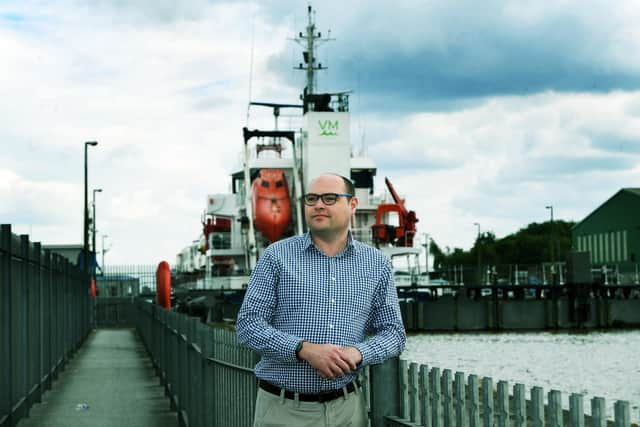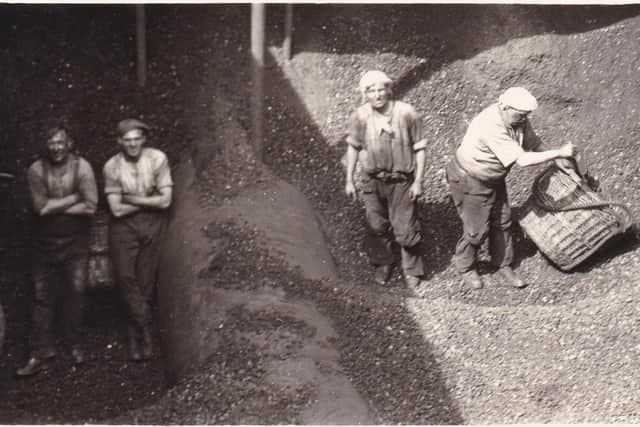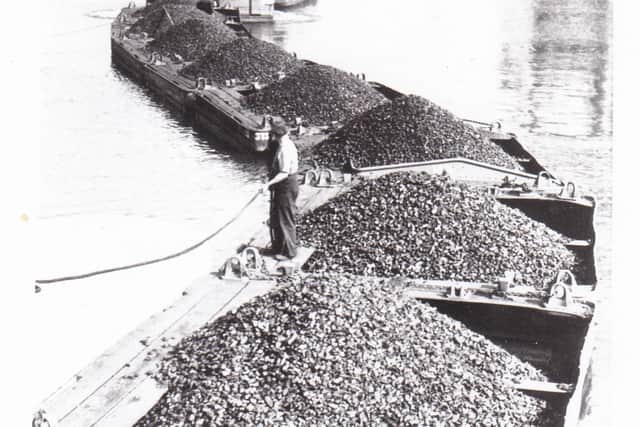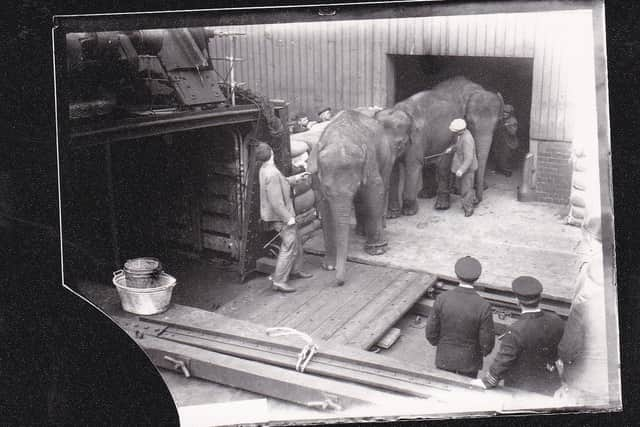Goole Docks: Memories of life in a busy coal port in the 1960s when dockers were 'the working-class elite'
Now some of their memories are being captured for a new digital archive at Goole Museum called On the Waterfront.
Men like John Branford can recall what the docks were like in the 1950s when he became a captain of a barge aged just 15.
Advertisement
Hide AdAdvertisement
Hide AdThey were the days when the Aire and Calder canal carried millions of tonnes of coal from Yorkshire mines on board ‘Tom Puddings’ – the name given to the tub boats on the canal.


Mr Branford, 76, one of the few remaining commercial operators, remembers the boats towing up to 19 ‘pans’ (compartment boats) of coal.
They were lifted out of the water at Goole, and turned upside down into a chute, straight into the hold of seagoing ships, headed for all parts of the world.
“It was a hell of a lot busier,” he says. “There were small ships, mainly English-owned and lots and lots of work. Coal was big then.”
Advertisement
Hide AdAdvertisement
Hide AdThe docks were “like another little world”, says museum curator Dr Alex Ombler, who realised after recently taking up the post that the museum had a great collection but no oral histories.


He is now looking for people who spent part or all of their working lives in or around the port to get in touch to record an interview.
Goole Docks is relatively modern, purpose-built in 1826, unlike the ports of Hull, London and Bristol, which had been established since mediaeval times.
The big change in modern times was the introduction of containers in the 1960s which profoundly changed the labour market.
Advertisement
Hide AdAdvertisement
Hide AdPreviously dockers would pile the cargo onto wooden pallets, which were then hoisted on a sling into the hold where it would be skilfully packed. The job was casual and would be paid by the day. Strikes were held across the country in an attempt to resist the change to containerisation, but they came to naught.


“The writing was on the wall,” said Dr Ombler. But because the dockers were all registered as part of the National Dock Labour Scheme, managers couldn’t get rid of them.
“After the 60s dockers were really well paid – it was a deal for accepting containerisation.
“If a docker’s daughter married someone who wasn’t, they would put in the paper: ‘Docker’s daughter marries commoner’. They were the elite of the working class world.”
Advertisement
Hide AdAdvertisement
Hide AdKen Harrison, 82, remembers the docks in the 1960s “when it was very old-fashioned and they were working with derricks and cranes. Everything had to be manhandled”.


He recalls boats that left Goole for ports such as Copenhagen, to return with kegs of butter and sides of bacon.
In the 60s the docks were still employing some 500 to 600 dockers – a figure that has shrunk now to around 60.
SOME 50 miles from the North Sea, Goole is the UK’s most inland port.
Advertisement
Hide AdAdvertisement
Hide AdIt handles around 1.5 million tonnes of products per year – from agricultural products (wheat, barley and fertiliser) to construction materials and “liquid bulks”, including vegetable oil.
Anybody with a story to tell or who wants more information, can contact Dr Ombler on 01482 392777 or email [email protected].